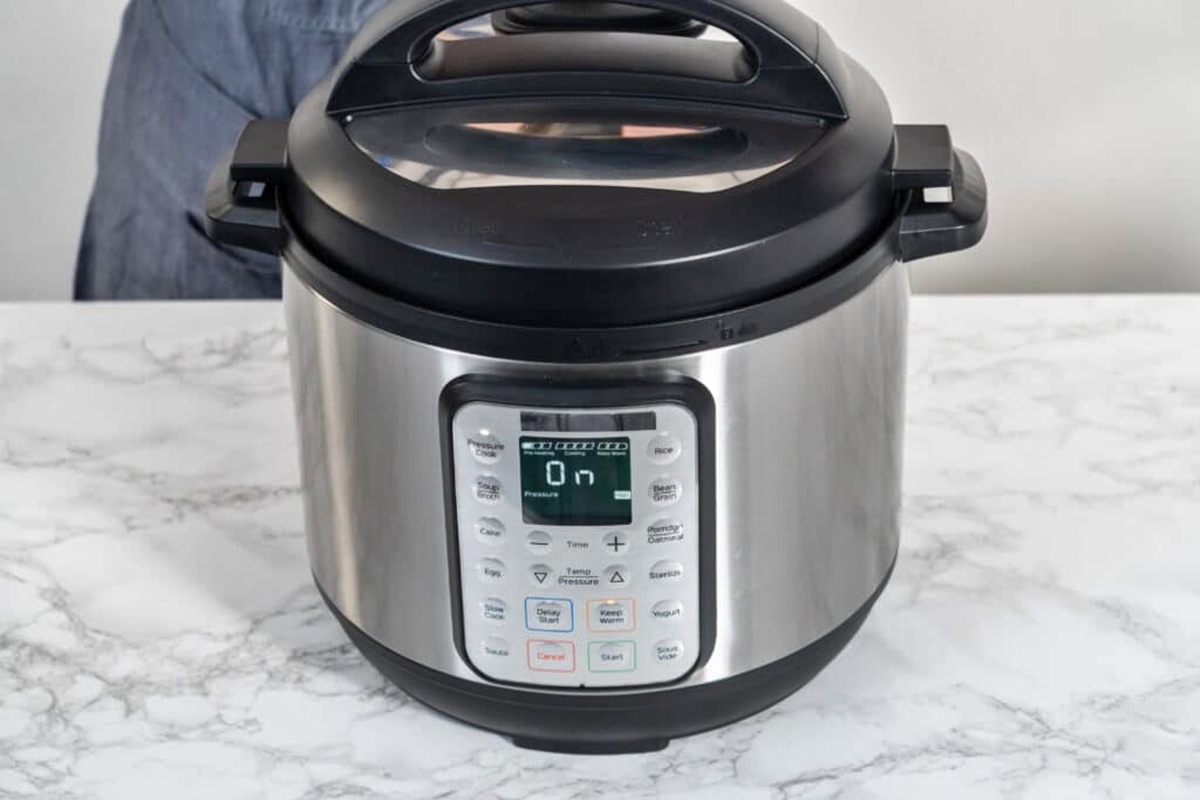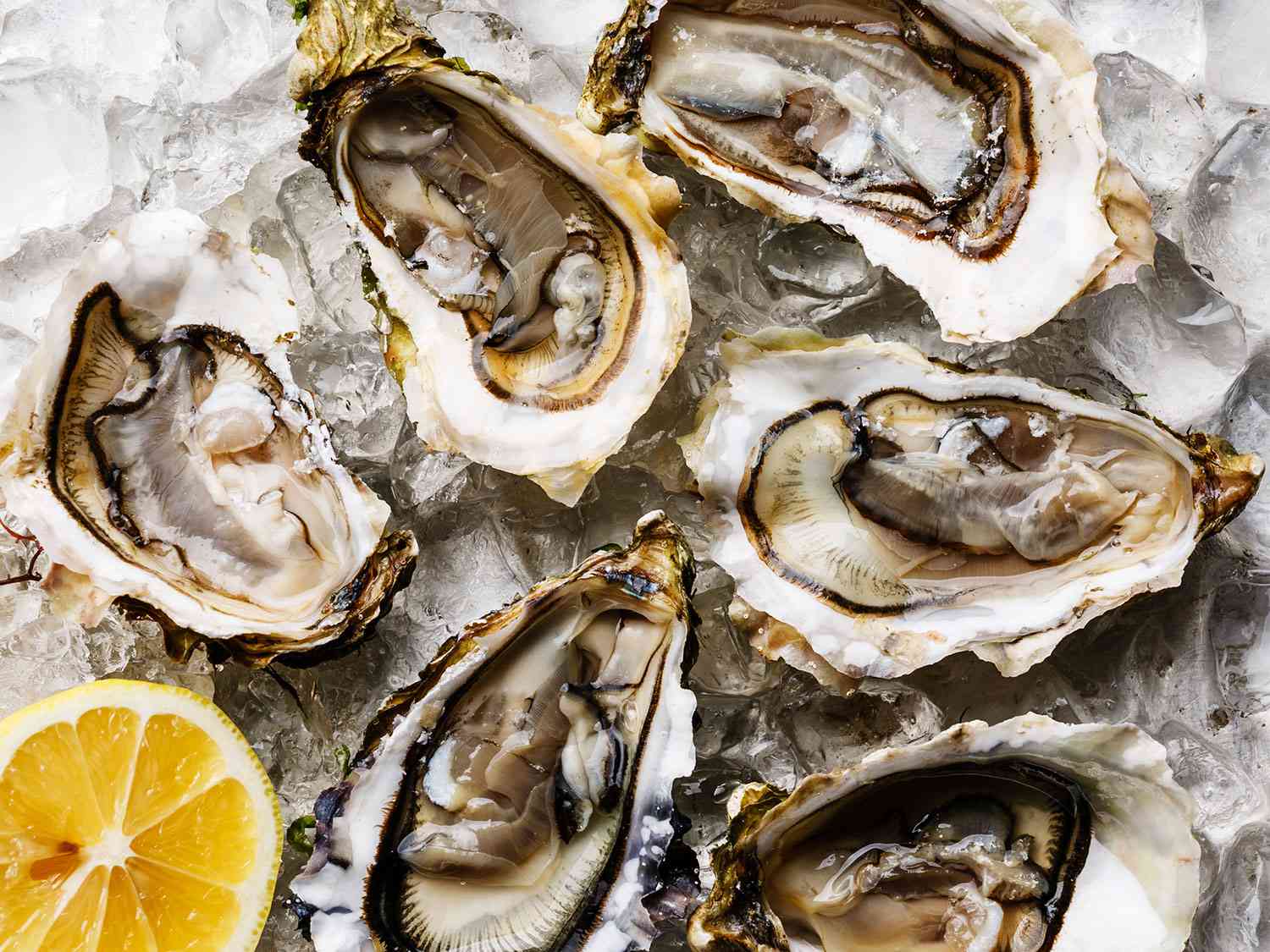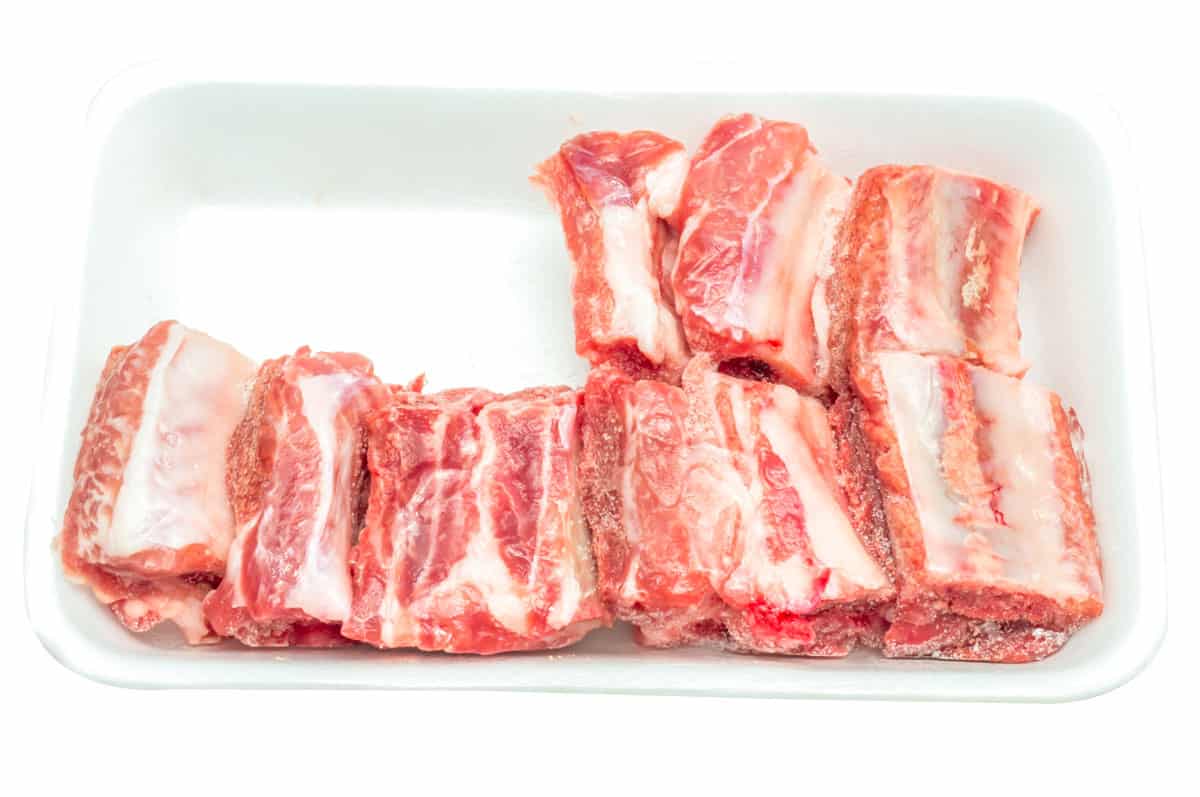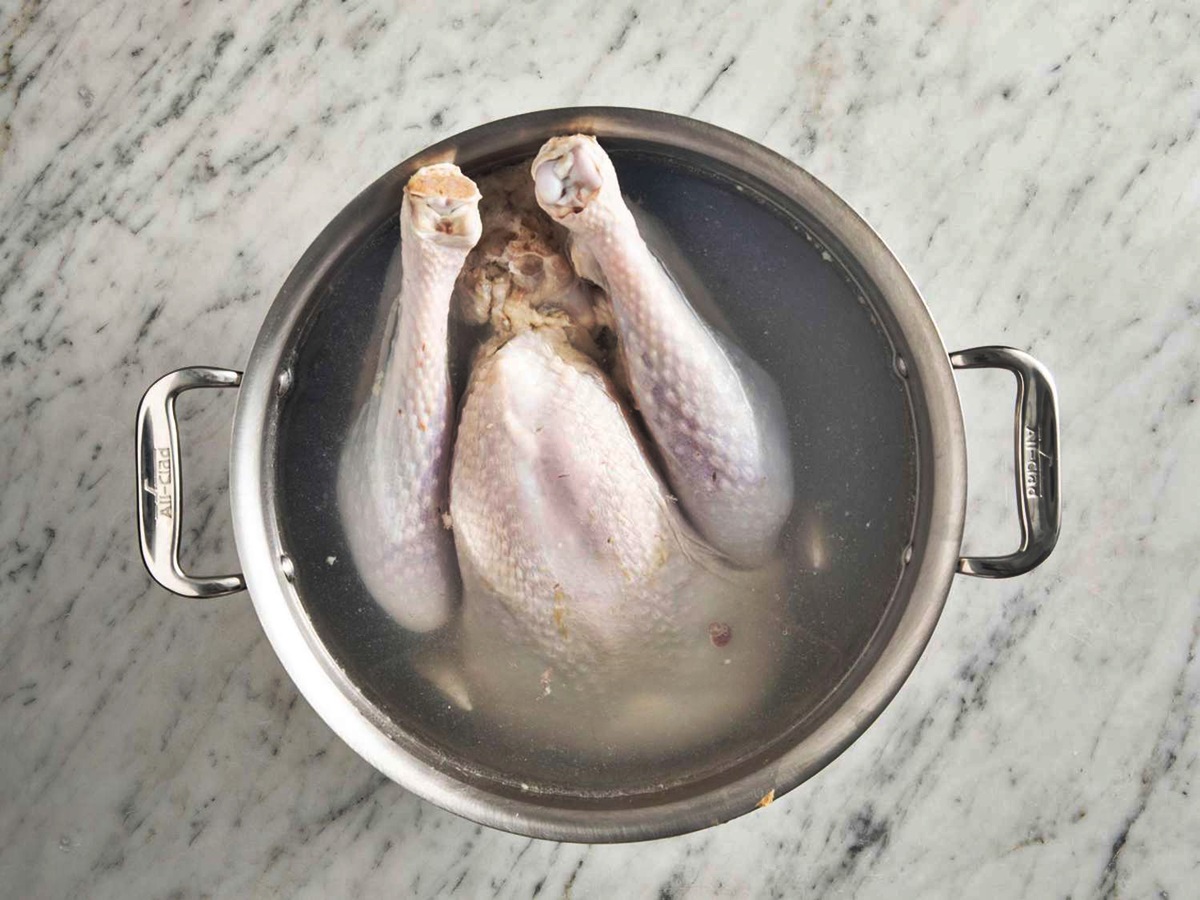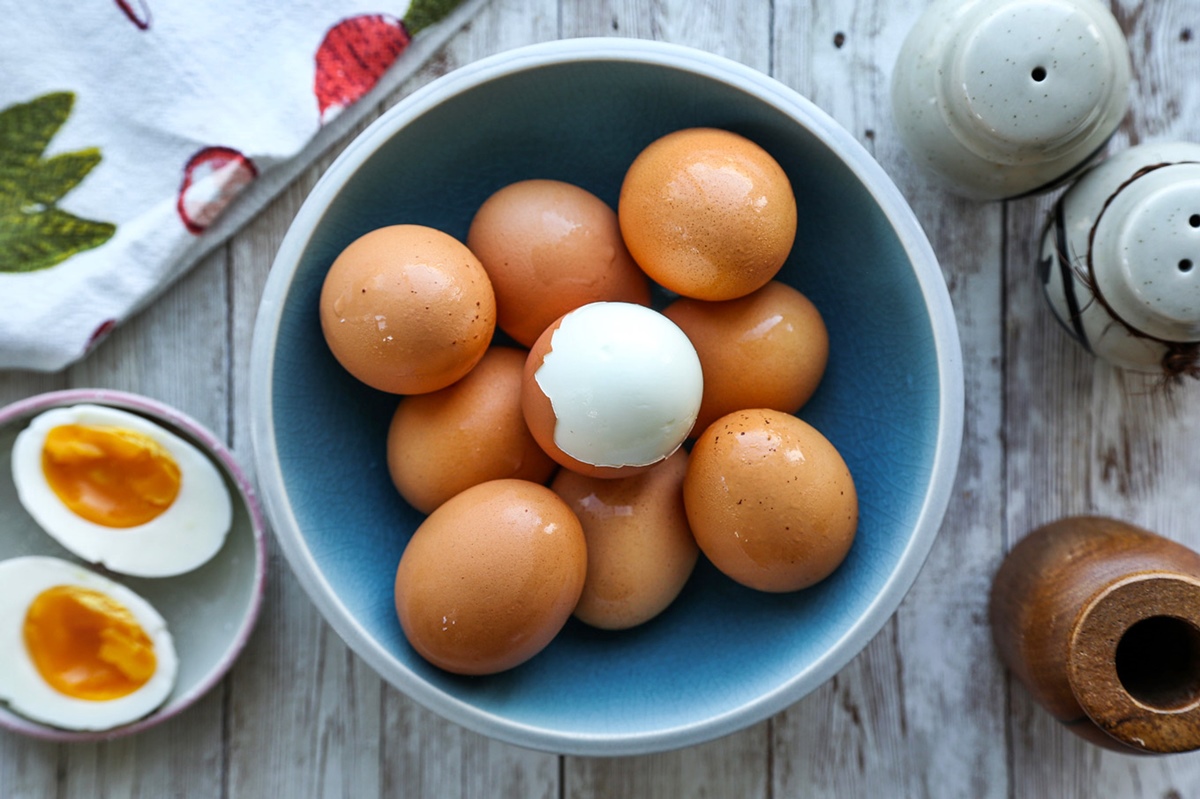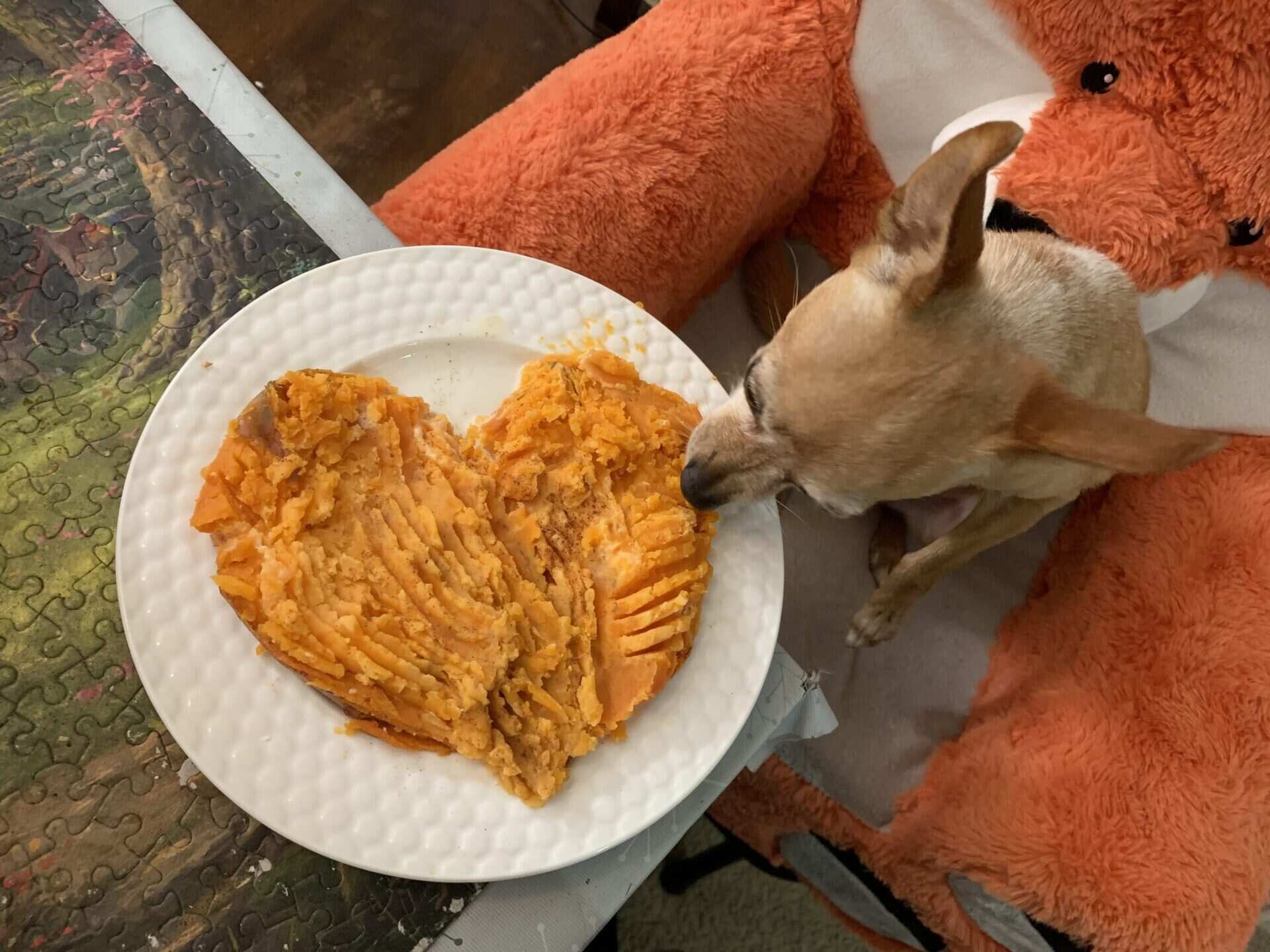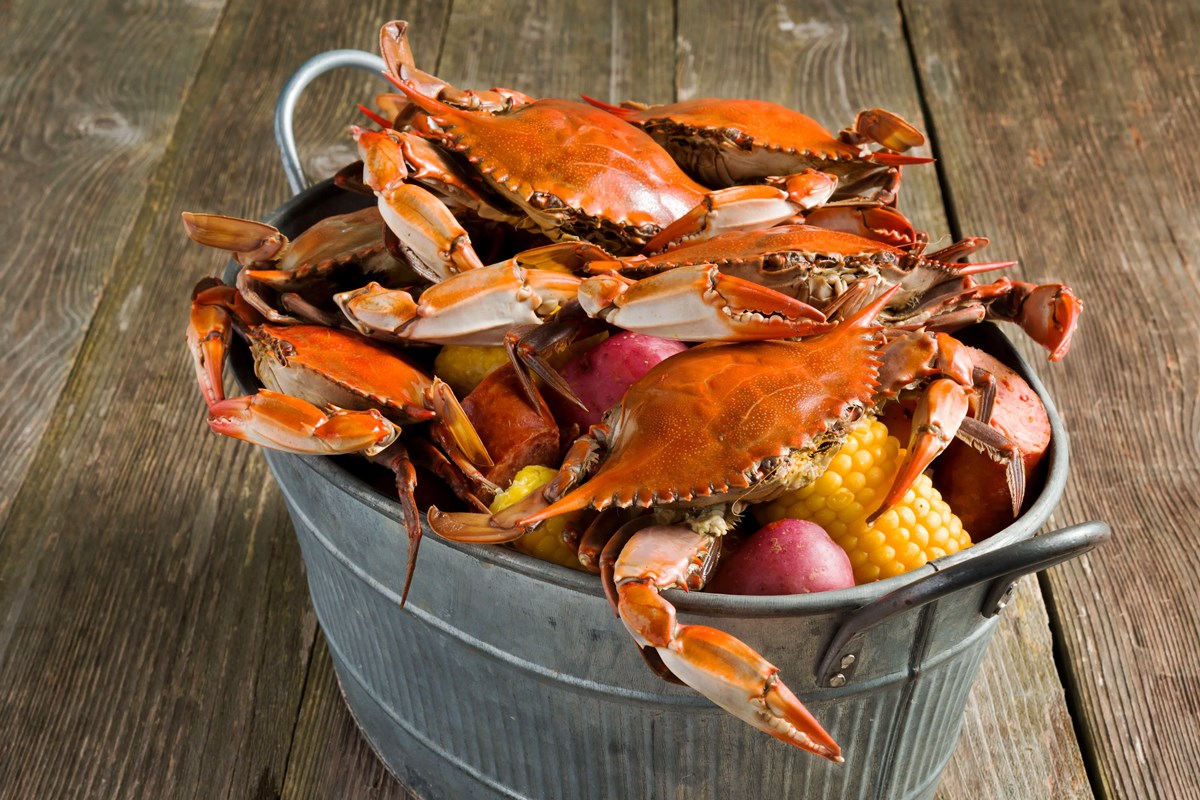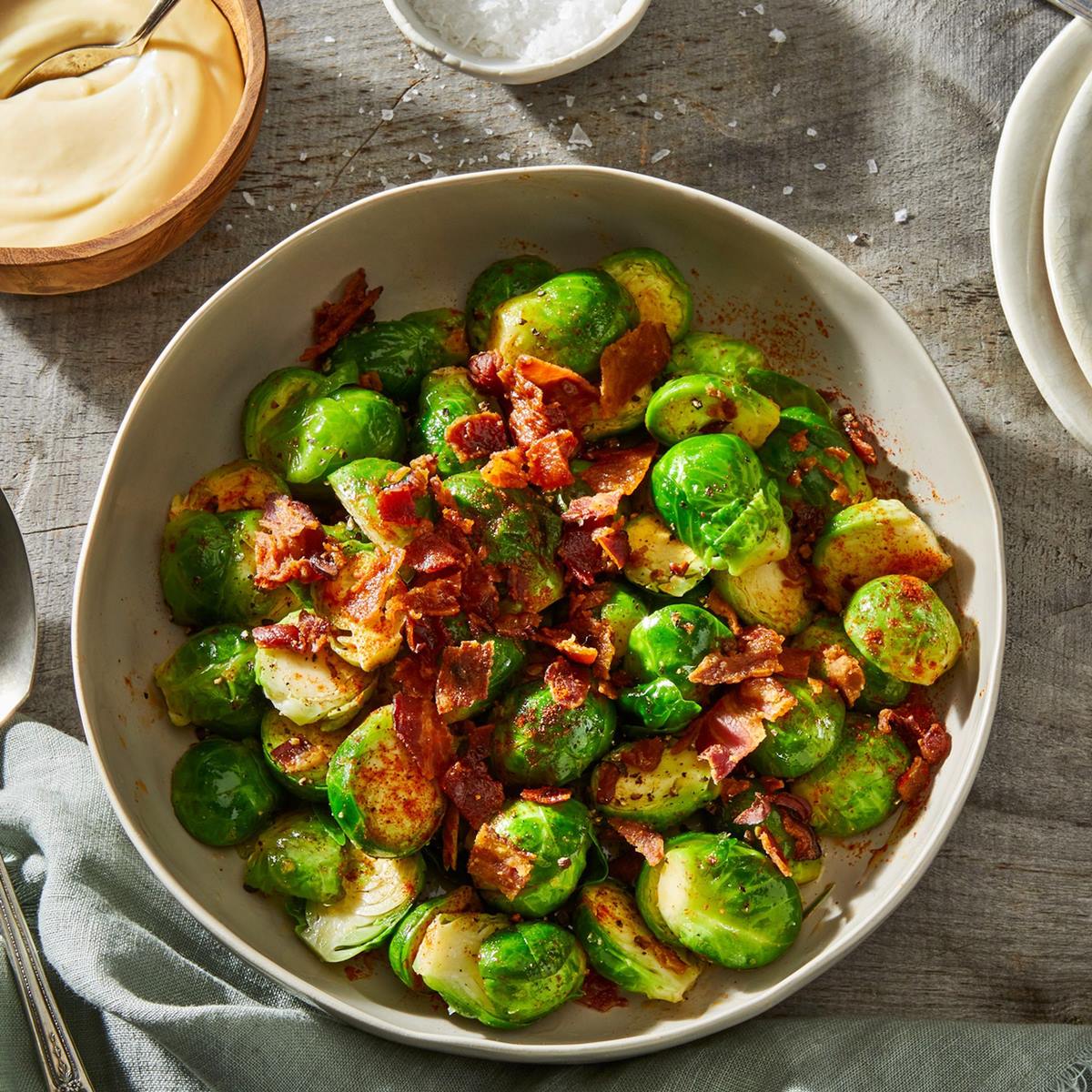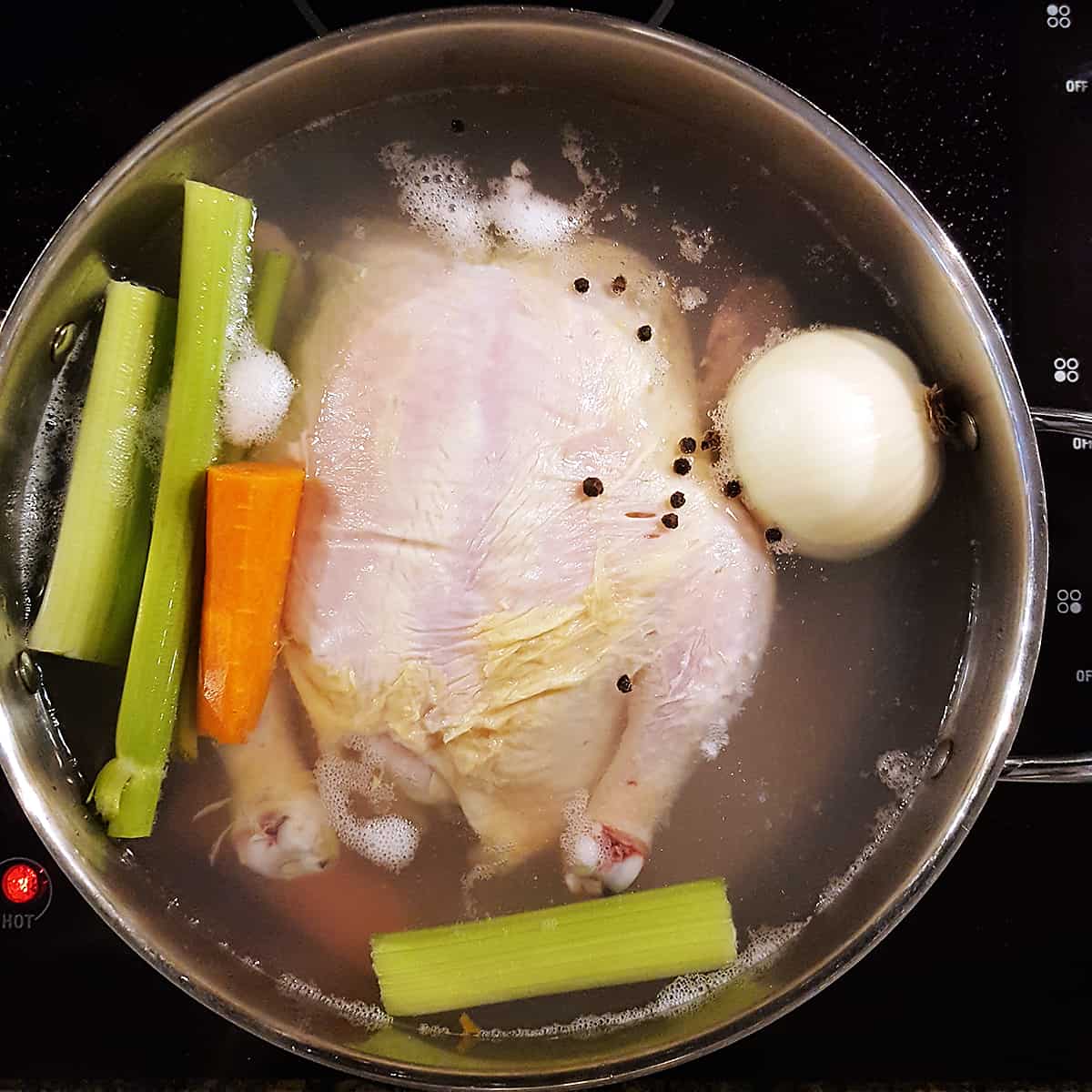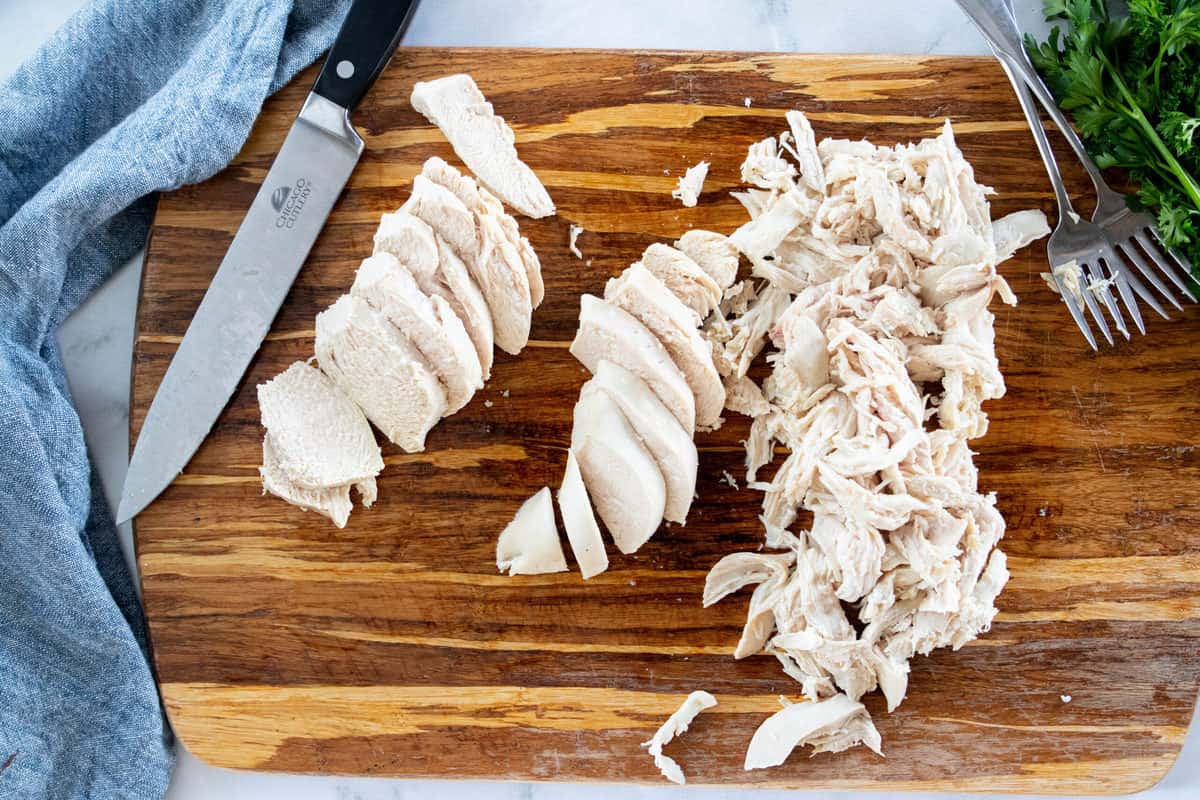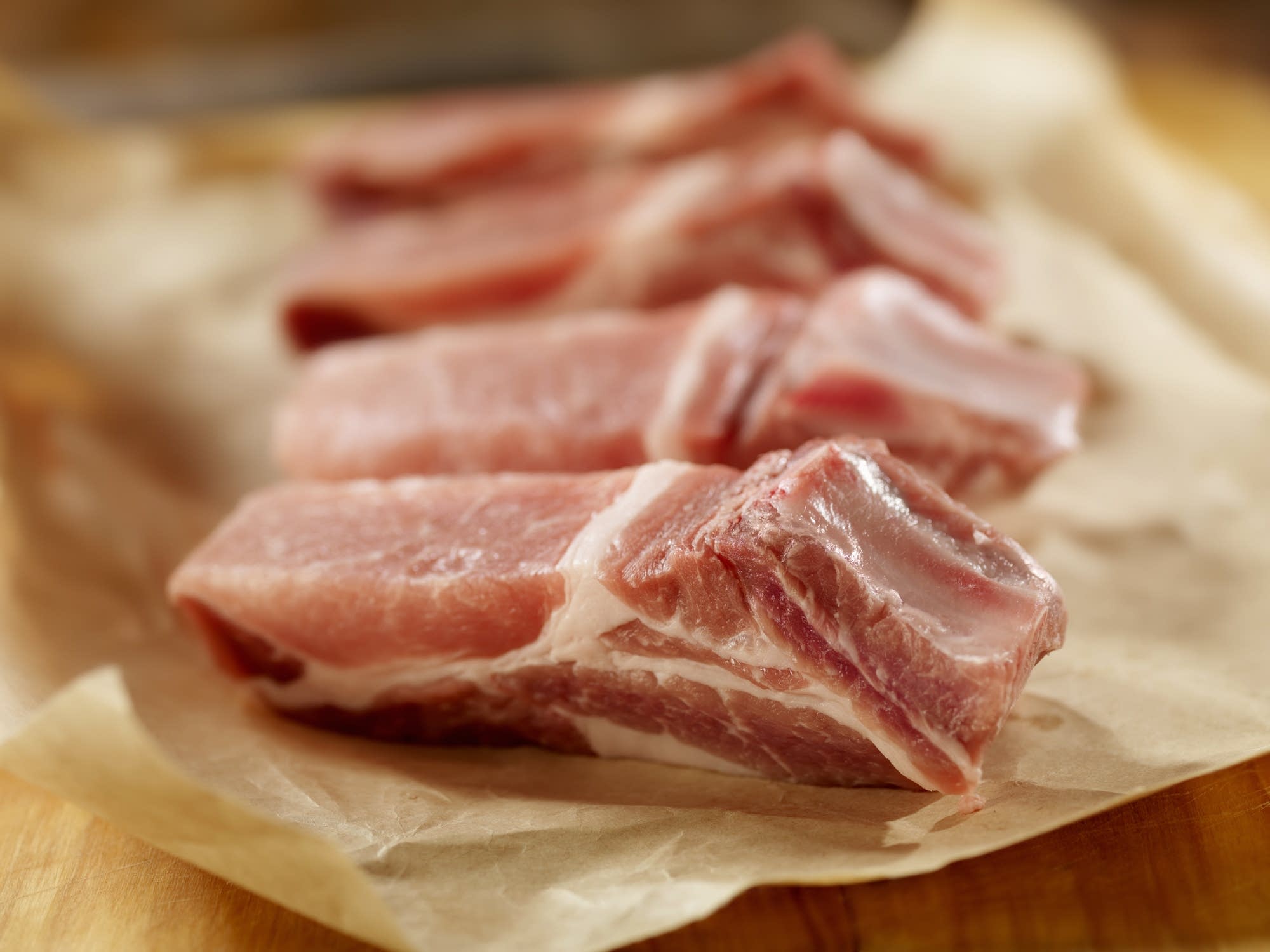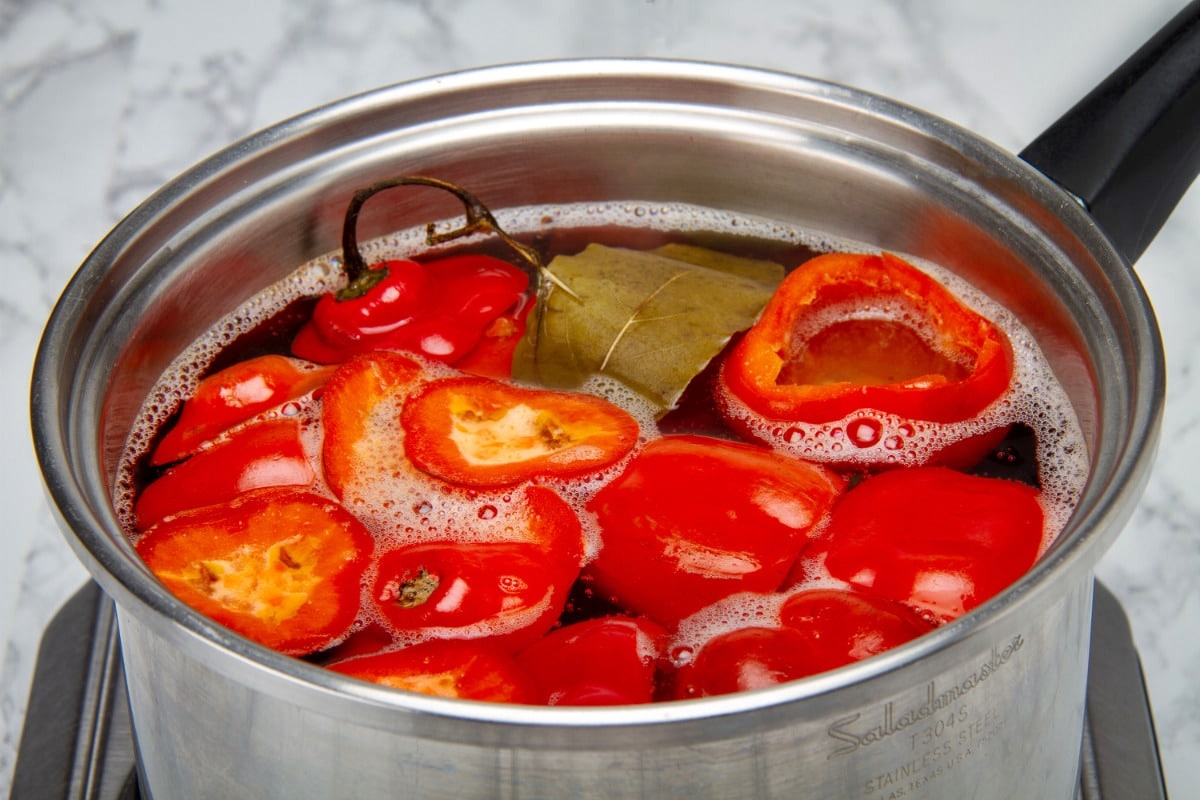How To Boil Chestnuts: A Quick and Easy Guide
If you’re a fan of hearty, nutty flavors, then you’re in for a treat with chestnuts. Whether you’re planning to use them in stuffing or as a delicious snack on their own, boiling chestnuts is the perfect way to enhance their natural taste. In this guide, we’ll walk you through the step-by-step process of boiling chestnuts to perfection.
Why Boil Chestnuts?
Boiling chestnuts not only softens their tough outer shell but also brings out their rich, buttery flavor. It’s a simple yet effective cooking method that helps retain the nut’s natural sweetness. Plus, boiled chestnuts are versatile and can be used in a variety of recipes, from savory dishes to sweet desserts.
What You’ll Need
To get started, make sure you have the following ingredients and tools:
- Fresh chestnuts
- Water
- Saucepan or pot
- Knife
- Slotted spoon
- Colander
Step-by-Step Instructions
- Start by making a small, shallow cut on the flat side of each chestnut. This will prevent them from bursting during the boiling process.
- Place the scored chestnuts in a saucepan and cover them with water.
- Bring the water to a boil over medium-high heat.
- Once the water is boiling, reduce the heat to low and let the chestnuts simmer for about 15-20 minutes. The exact cooking time will depend on the size of the chestnuts, so it’s best to check their doneness periodically.
- To test if the chestnuts are ready, carefully remove one with a slotted spoon and peel off the outer shell. The inner nut should be soft and tender.
- Once the chestnuts are cooked to your desired tenderness, drain them using a colander and rinse with cold water to stop the cooking process.
- Allow the chestnuts to cool slightly before peeling off the outer shell and inner skin. This is easier to do while they are still warm.
- Your boiled chestnuts are now ready to be enjoyed in various dishes or simply eaten as a tasty snack. Store any leftovers in an airtight container in the refrigerator for up to a week.
Tips and Variations
Here are some additional tips and variations to enhance your boiled chestnut experience:
- For a savory twist, try adding a pinch of salt or your favorite herbs and spices to the boiling water.
- If you prefer a sweeter flavor, sprinkle some cinnamon or sugar on the peeled chestnuts.
- Boiled chestnuts can be used in stuffing for poultry dishes, added to soups or stews, or even pureed to make a creamy chestnut soup.
- Don’t throw away the leftover cooking water! It can be saved and used as a flavorful base for sauces or gravies.
So, there you have it – a simple and foolproof method for boiling chestnuts. Indulge in their rich flavor and enjoy experimenting with different recipes. Whether you’re preparing a festive feast or seeking a wholesome snack, boiled chestnuts are sure to impress.
Was this page helpful?
Read Next: How To Boil Ground Beef
